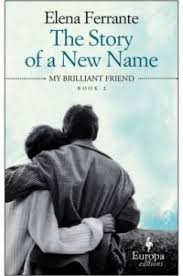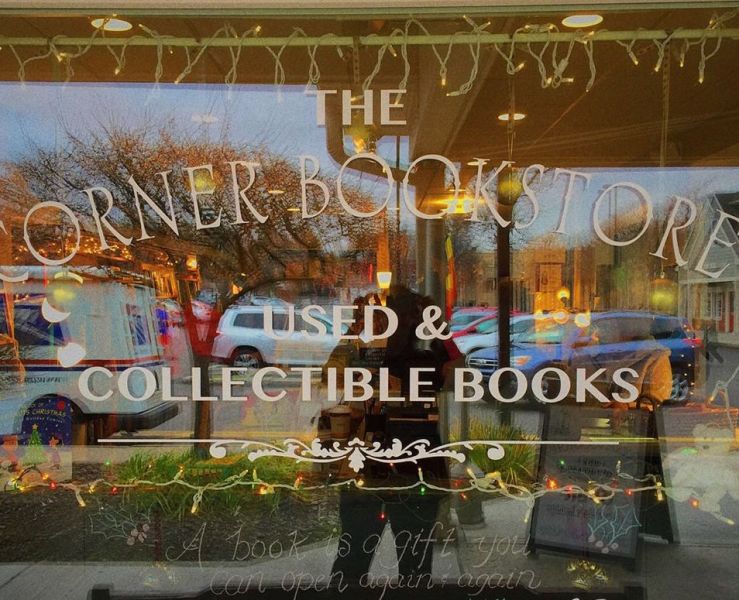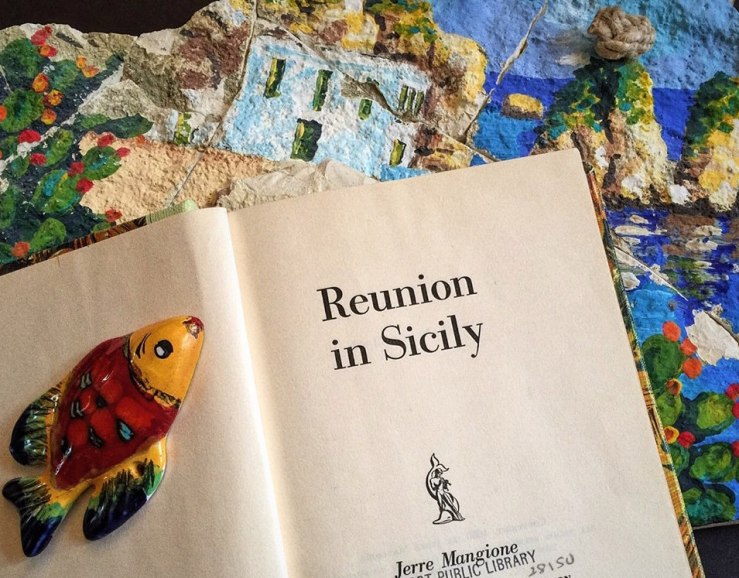
“Walking, I am listening to a deeper way. Suddenly all my ancestors are behind me. Be still, they say. Watch and listen. You are the result of the love of thousands.” – Linda Hogan, as quoted in Jung and the Ancestors: Beyond Biography, Mending the Ancestral Web, by Sandra Easter
In May, after researching my mother’s family ancestry in Sweden, I went to Sicily with my husband for a family wedding, to ancient Carini where my father was born.
Sweden and the gracious Swedes were new to me. Going to Carini was like coming home.
One of the best decisions my husband and I ever made was to travel to Sicily with our boys to reconnect with my father’s family in Carini. Over the years, we went back when we could – a couple of times with my father, and once with extended family. We watched my cousin Giuseppe grow up, along with several of his cousins.
Last spring we were thrilled to receive Giuseppe and Eloisa’s wedding invitation in the mail. Since the wedding was to be shortly after my Sweden trip, I decided to make it an extended journey.
Giuseppe and Eloisa’s wedding reception was within view of Segesta, built around 420 BC and one of the best preserved Doric temple in all of Europe. Overlooking the Gulf of Castellammare, the temple is a mystery, because it appears to have been abandoned before it was completed. And although the Greeks claim it was built by an Athenian architect, during that time period the area was likely inhabited by people indigenous to Sicily, and not the Greeks, though they were elsewhere on the island.
(Some scholars believe that parts of the epic Greek poem the Odyssey are set in Sicily – that Odysseus encountered Cyclops off the eastern coast, for example, and Scylla and Charybdis in the Strait of Messina.)
At any rate, I was thrilled to see the temple of Segesta once again; our first time in Sicily, in 2001, Giuseppe’s family took us there on a sightseeing trip. At the reception, the sun setting behind the illuminated temple gave an air of timelessness to the festivities. I could imagine the spirits of the ancients looking down on us as we celebrated with Giuseppe and Eloisa, and their friends and families.
















This is what I read when I was in Sicily:

And I remained with my face against my arm…until Silvestro shook me gently and said: ‘Arturo, come, you can wake up.’
Around our ship the sea was uniform, endless as an ocean. The island could no longer be seen.”

Our airbnb was in the old city of Carini. It had a small, shuttered balcony that opened to the noisy, busy, colorful street, almost like another room. We made friends with the neighbors across the strada and chatted with them from our balcony in the evening. Here, a mamma and her figlio, with the neighborhood dogs chiming in:
We’ve been lucky to have been able to travel to see extended family and our ancestral lands. I feel as though I have a second home far away and a fuller, more complete identity, anchored in a specific time and place in history. I hope we’ve given that to our sons, too, and that the younger generations – in Italy and Sweden – will someday come to visit their cousins in America.


“Take a moment and look at your life from the perspective of being an ancestor. You are with those who came before you and those yet to be born looking back at your descendants as they live their lives moving forward in time. Imagine that you can see your entire lineage from the first born to the last in your line. Imagine yourself as an ancestor, one of the thousands whose love expresses itself and is embodied now in your descendants. Who we are at this moment in time is a result of the countless generations that have come before and a response to the generations that will follow….. – Sandra Easter, Jung and the Ancestors



 I’m fascinated by the sound of
I’m fascinated by the sound of 














